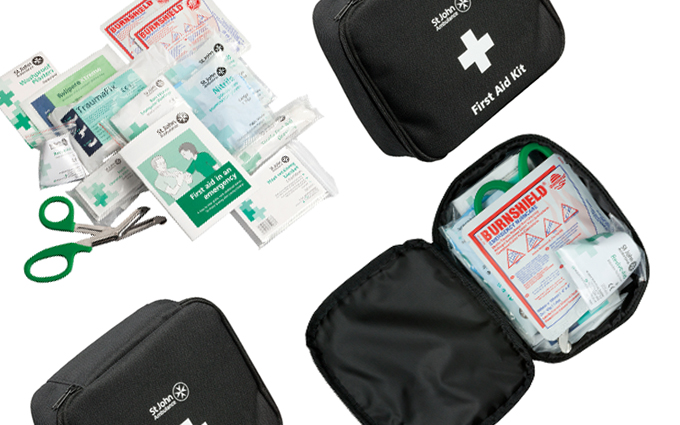Managing a traffic accident:
- Park well away and turn on hazard lights.
- Protect the area and make vehicles safe.
- Call 999 and be alert for danger.
- Assess casualties using the primary survey.
- Treat casualties where you find them.
- Monitor their response.







